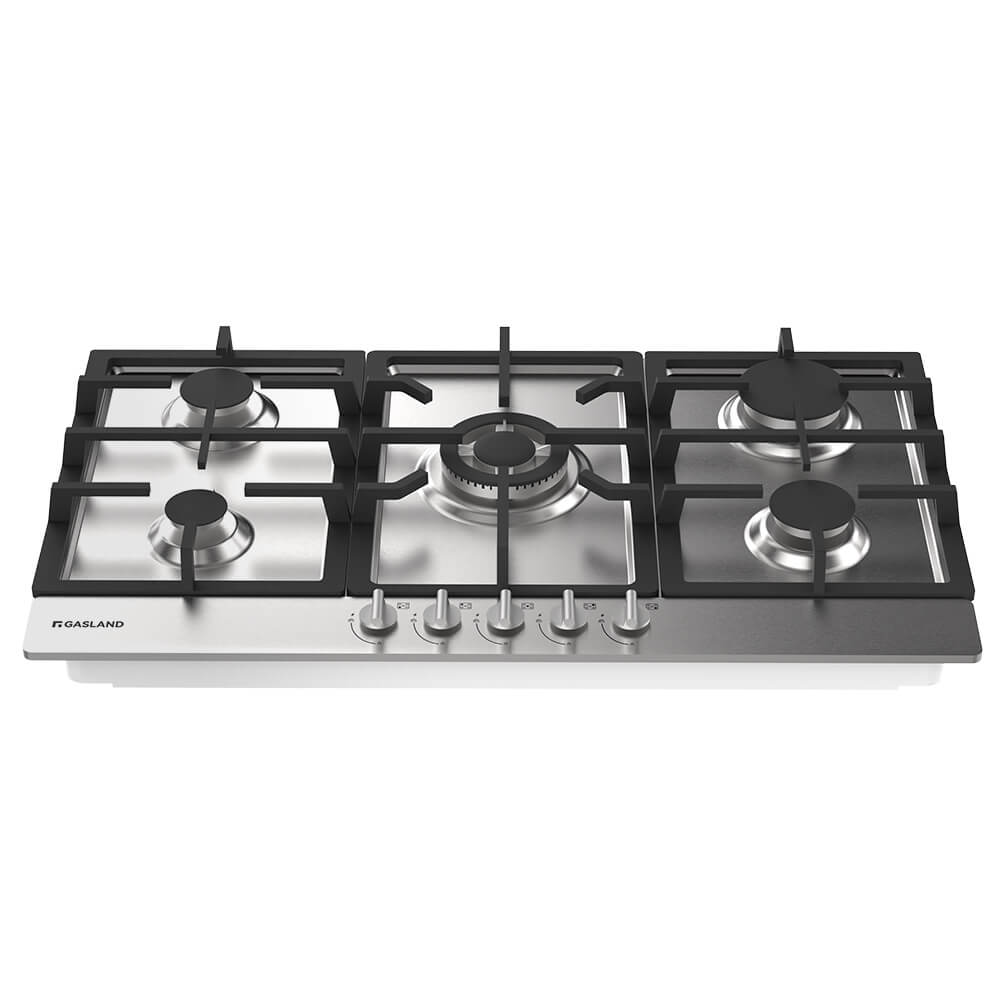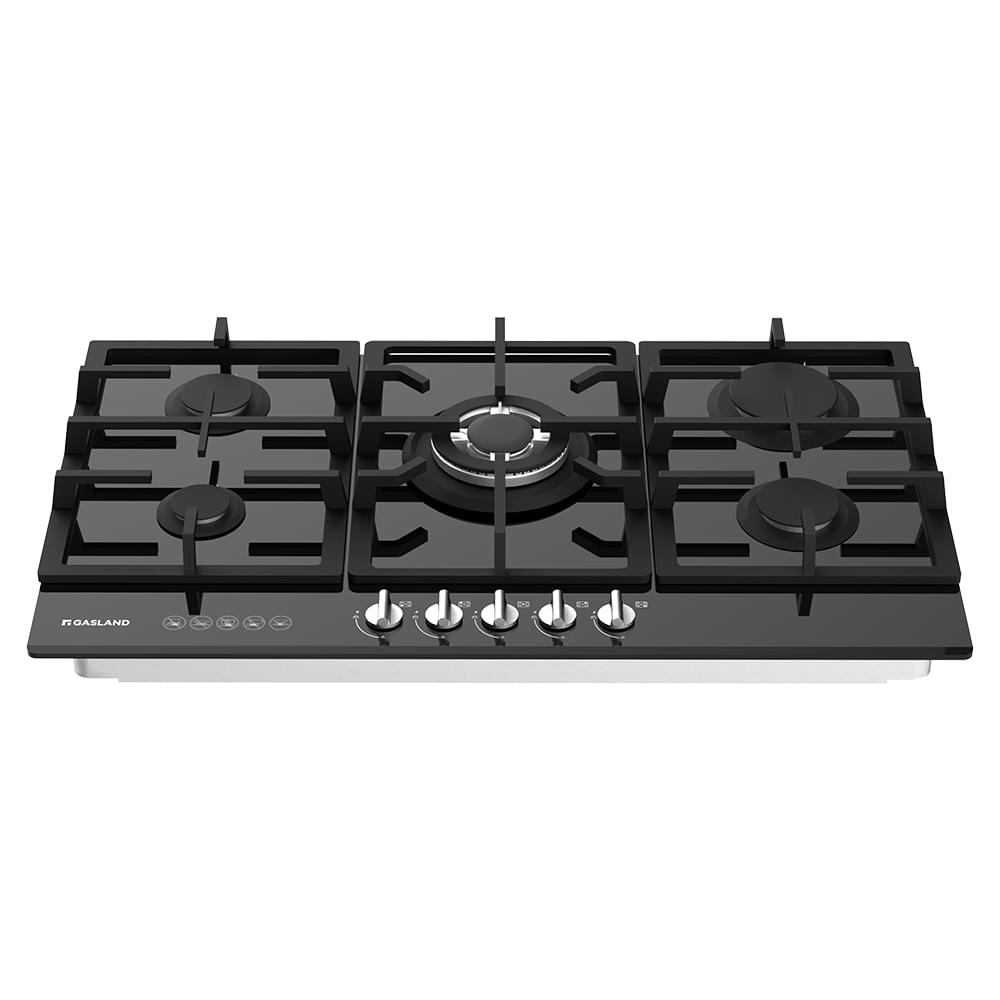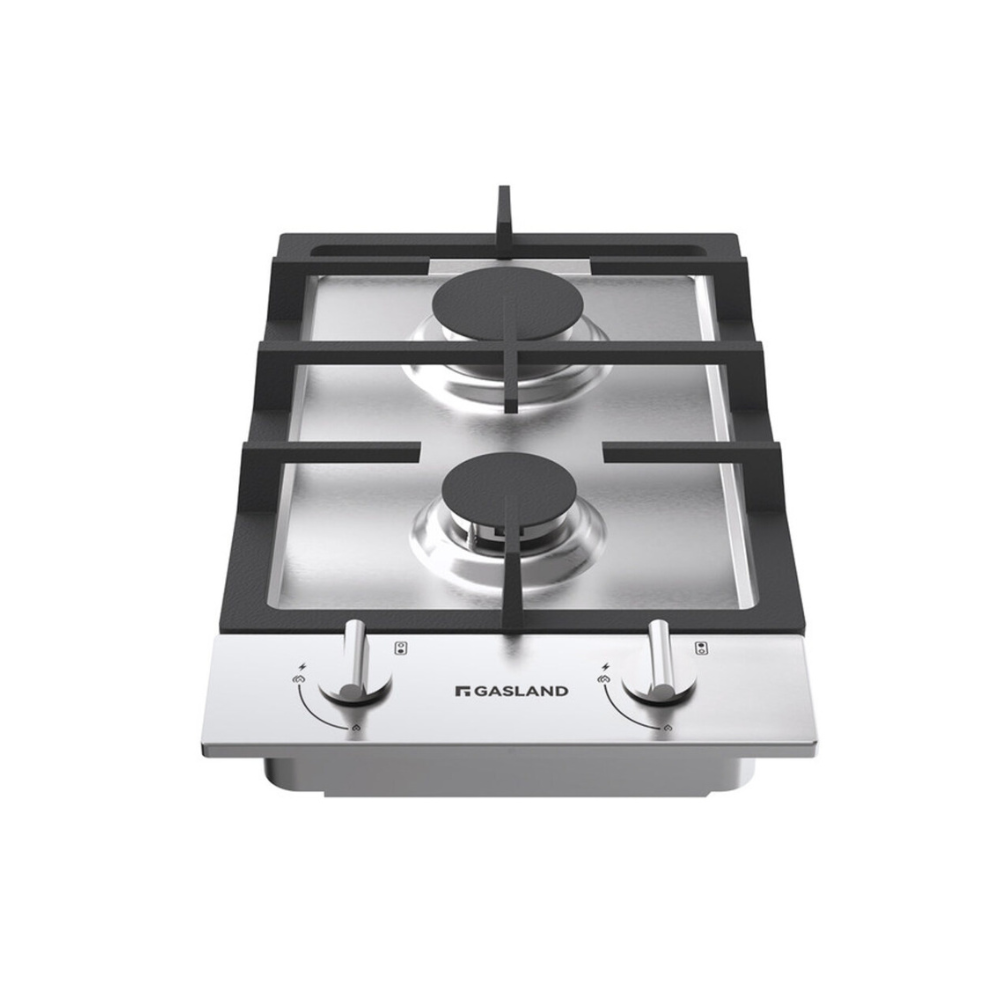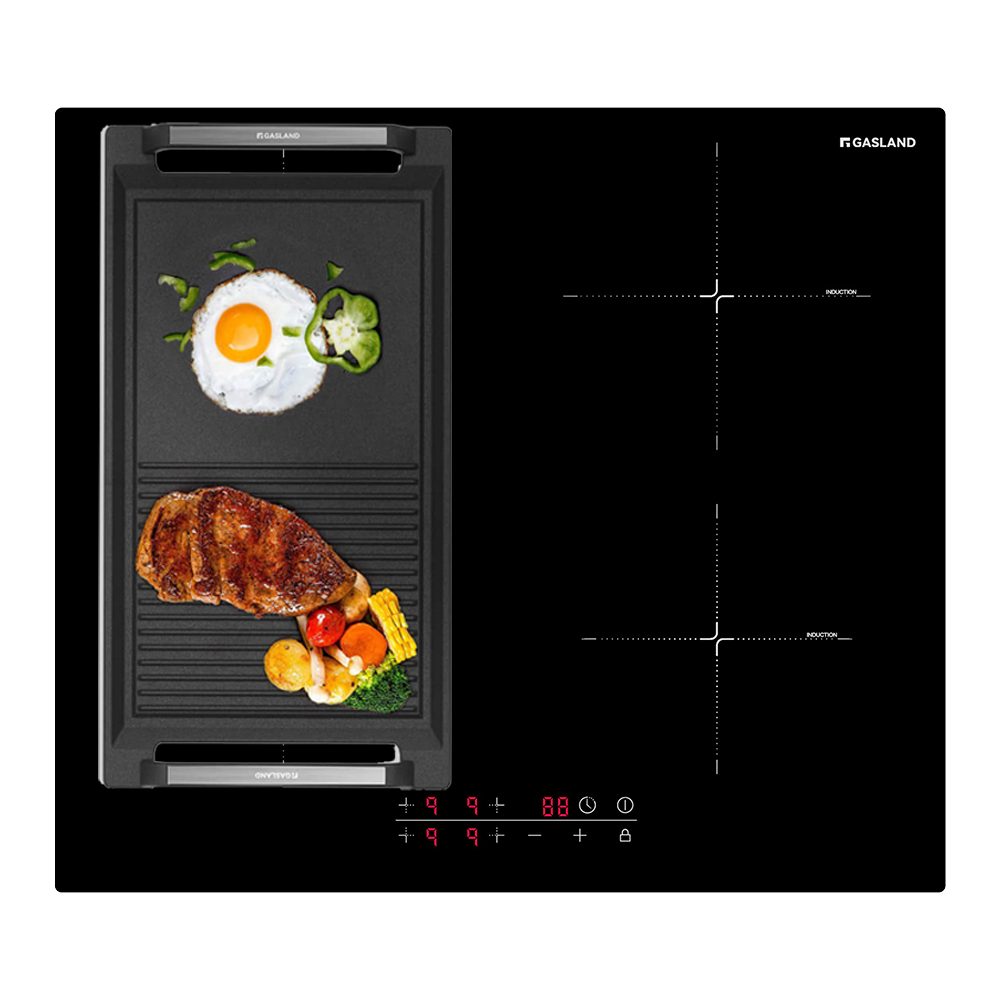To create a pleasant cooking environment, cooking grease, moisture, and heat are your biggest enemies. How to tackle this problem? The best remedy is to install a range hood! However, in the market, there are tons of range hoods of different kinds, which range hood should you choose to perfectly fit your kitchen? Here comes 4 factors you need to consider to buy a range hood that can best serve your needs.
What CFM of range hood do you need?
For electric range, the minimum CFM of the range hood should be your range width*10. For example, if your cooktop is 36 inches, you will want at least 360 CFM.
Gas ranges, grills, and barbecues are a bit different because they produce a lot of heat and fumes. The amount of heat emitted from a gas cooktop is measured in British thermal or BTUs.If your owner's manual doesn’t tell you the total BTUs of your cooktop, you can find it by adding the BTUs of each burner and then dividing that number by 100. For example, if you have 2 burners that each put out ten thousand BTUs and 2 burners that put out fifteen thousand BTUs. Your total BTUs for your stovetop would be fifty thousand divided by one hundred equals give 5 hundred, so you want a minimum of 500 CFM for your range hood over your gas stove.
Grills and Barbecues have higher BTUs than an indoor gas range but the calculation is the same. Now take the minimum you just got and you have a decision to make. There is a quick way and more precise way to know how many total CFM you are going to need for your new hood. We will cover them both. The quick way, just add 200 CFM to the minimum CFM number you just calculated and you are good to go.
If you want to be a little more thorough, do not just add the extra 200CFM, but just follow these next steps instead. Keep your minimum CFM number handy because we will use it again shortly. Now we are going to factor in the size of your kitchen.
Determine the volume of your kitchen by multiplying its length, width, and height together. For example, if your kitchen is 18 feet long, 14 feet wide, and 9 feet tall, multiply 18 by 14 by 9, and you will get 2,268 cubic feet. Larger kitchens will need to move smoke and unwanted air to keep the air clean and harsh cooking odors at bay. As a rule of ventilation, a range hood needs to have the power to exchange your kitchen’s air 15 times per hour, to get that number, multiply your kitchen’s cubic feet by the air exchanges, for example, 2268 cubic feet by 15 air exchanges equals 34,020 cubic feet per hour. Now divide that by minutes in an hour, 34,020 divided by 60 minutes per hour will give you the CFM needs of your kitchen space, in this example, you will need a minimum of 567 CFM. Compare this number to your minimum CFM number that you calculated earlier, circle the larger of the two.
Then calculate the additional CFM needs of your ductwork. For each foot of ductwork, increase your CFM by one. For each turn in your duct, increase your CFM by 25. And if you use a roof cap, increase your CFM by 40. For example, if your ductwork consists of 12 feet of pipe, 2 turns, and a roof cap, you will add 12 CFM for the 12 feet of pipe, 50 CFM for the 2 turns, and 40 CFM for the roof cap. Now take the CFM number you circled earlier and add your ductwork number to it. In our example, we will add 102, 567 plus 102 equals 669 CFM.
Once you finish this calculation, think about your cooking routine. If you enjoy using your stovetop frequently or do a lot of Asian cooking, frying, barbecuing, boiling, or searing. Add another 200 to the total you have, in our example, we do a lot of searing and frying, we are going to add 200 CFM, which is 669 CFM plus 200 equals 889 total CFM to make shopping for a hood easier round up to the nearest hundred CFM, so we will round up to 900 CFM. That is the more thorough way to calculate the CFM you need for your new hood.
What size range hood do you need?
The new hood should be at least as wide as the range or cooktop and preferably 3 inches longer on each side. If you use a cooktop, you should give 20-24 inches of space between the bottom of the range hood and the top of the cooktop, for the gas cooktop, it should be 24 to 30 inches.
What types of range hoods do you need?
There are many variations of range hoods from which to choose. Below are the brief introductions of each style range hood.
Undercabinet Hoods
These attach to the underside of the cabinet above your range and could be called wall-mount if they mount to the wall instead of the cabinets. Undercabinet hoods come in many styles and strengths and can be ducted or nonducted.
Wall-Mount Hoods
These hoods are similar in appearance to undercabinet hoods, except that they mount to the wall instead of the cabinets above.
Chimney Hoods
Chimney hoods can mount to the wall above your range or on the ceiling above an island but have a flue that goes up the wall to the ceiling. If you have cabinets above the range, you'll need to remove them for this type of hood to fit and function properly.
Island Hoods
Island hoods hang from the ceiling over an island and are the best way to ventilate when you have an island cooktop. Many styles are available such as glass canopies, curved metal, and traditionally styled hoods.
Downdraft Hoods
These hoods are hidden in the cooktop and pop up when in use to pull the steam and smoke horizontally across the range. They're a popular choice for islands since they don't require traditional installation that may block lines of vision.
Range Hood Inserts
Power packs or inserts are hoods that are hidden. They're built into the cabinetry above the cooktop for a custom approach to venting. There are many options, so speak with a professional to find out which one would work best with your cabinets.
Pro Hoods
Pro hoods look like undercabinet hoods but are larger, more professional-looking, and have more power than a typical undercabinet model. These are great for people who cook a lot and prefer the look of a bigger hood. They can be ducted or nonducted and come in a variety of styles to support the exhaust choice.
Custom Range Hoods
Personalize your look and experience with custom range hoods. From finish and color to performance, you can outfit your kitchen with the perfect hood for your cooktop or range.
How do you duct your hood?
You can duct the hood to the outside, which is recommended to completely remove irritants. If your range hood mounts to an exterior wall, the exhaust ducts will be shorter and therefore more efficient. If your duct range hood mounts to an interior wall or island, consider a more powerful unit because the air needs to be forced further away. Proper installation of ductwork is critical to the efficiency and overall performance of the range hood.


















































